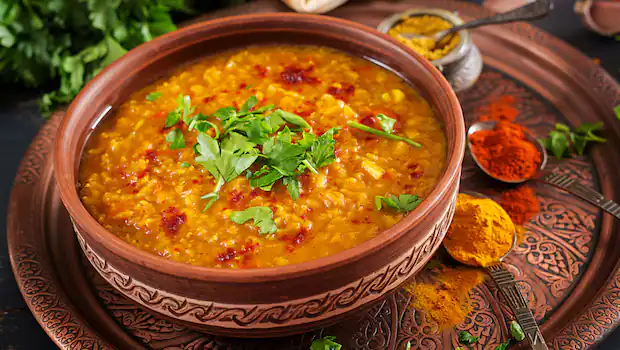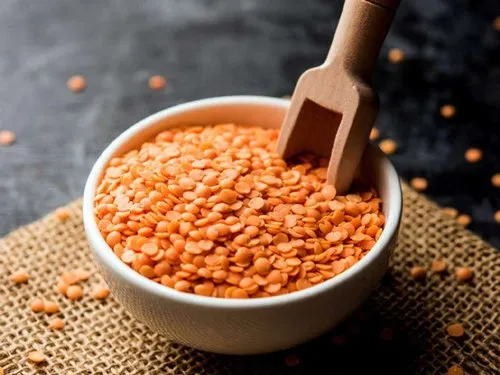In Asian cuisine, certain dishes transcend mere sustenance to become symbols of comfort, nourishment, and the feeling of home. Among these cherished recipes, the unassuming lentil dish known as “dal” holds a special place. More than just a meal, dal is a sentiment that resonates deeply with people across the continent.
Dal holds a central place in Indian homes, cherished for its soothing taste and healthful advantages. Cookbook author Archana Pidathala expressed, “Dal is my comfort food. I consume it daily, and when I’m fatigued or feeling down, a serving of dal with rice has the unparalleled ability to uplift my spirits, even more than coffee or chocolate.”

Pidathala embarked on a journey spanning over 11,000 kilometers across India, connecting with women who consider dal a pivotal part of their lives. She listened to their stories and watched them cook, gathering their recipes for her 2022 cookbook titled “Why Cook: Timeless recipes and life lessons from inspiring women.” The book features 90 heirloom recipes from 16 women, revealing the intimate relationship between food, identity, and memory.
The preparation of dal varies across regions, with each area offering its unique twist on this beloved dish. From the tangy sambhar in the south, featuring yellow toor dal, to the rich and creamy dal makhani in the north, using whole black urad dal, dal’s versatility knows no bounds.
While the methods differ, the common thread is the way dal brings warmth and sustenance. Often, lentils are simmered until soft, adorned with a tempering of spices like mustard seeds, cumin seeds, and green chilies. The result is a thick and soupy concoction, garnished with fresh coriander.

Mosur dal, also known as masoor dal, is a cherished recipe from Pidathala’s cookbook. This dish holds a special place in the Bengali community, with Manisha Kairaly contributing the recipe as an homage to her Bengali heritage. She learned to make this soupy dal from her grandmother, showcasing the idea that simplicity can birth extraordinary flavors.
The recipe involves a simple tempering of kalonji (nigella seeds) in mustard oil, accompanied by a squeeze of lemon. This combination imparts a complex flavor profile, offering a delightful balance of spice and sourness.
The significance of dal goes beyond its culinary attributes. It is a cultural emblem that bridges generations and connects people with their roots. Pidathala’s cookbook showcases the stories of women like actress Arundhati Nag, who discovered the therapeutic power of cooking after her husband’s passing, and Shree Mirji, for whom cooking is an act of self-care.
These women, united by their passion for cooking, reveal the role of food in nurturing both themselves and those they feed. In an era of rapid change, they embrace a sustainable lifestyle and carry forward traditions that have stood the test of time.
As dal continues to hold its position as a cornerstone of Asian comfort food, it reflects the values of warmth, tradition, and the simple joys of a home-cooked meal. Whether served with steamed rice, or flatbread or enjoyed on its own as a nourishing soup, dal transcends cultural boundaries and remains a source of solace for countless individuals.




